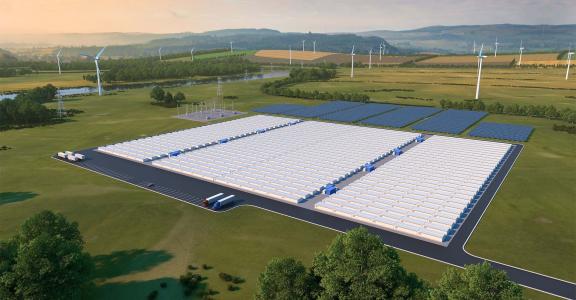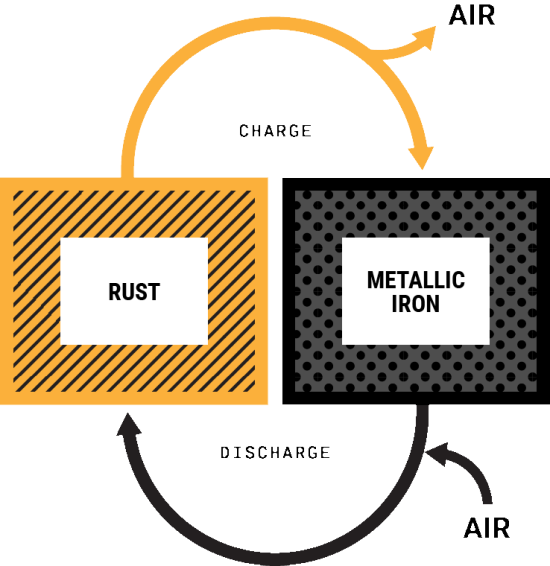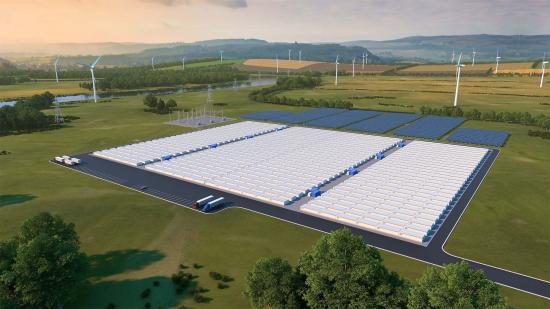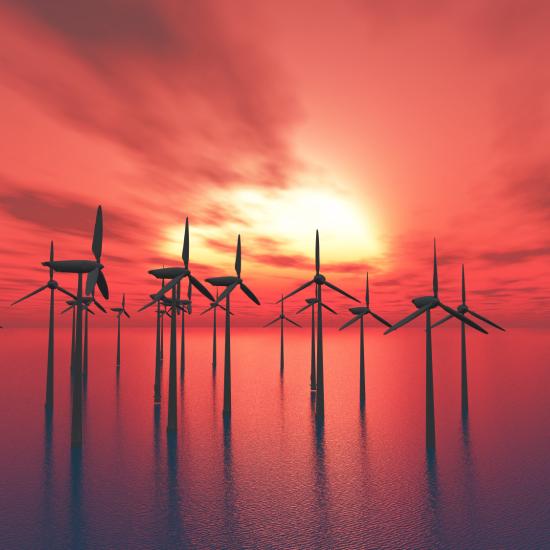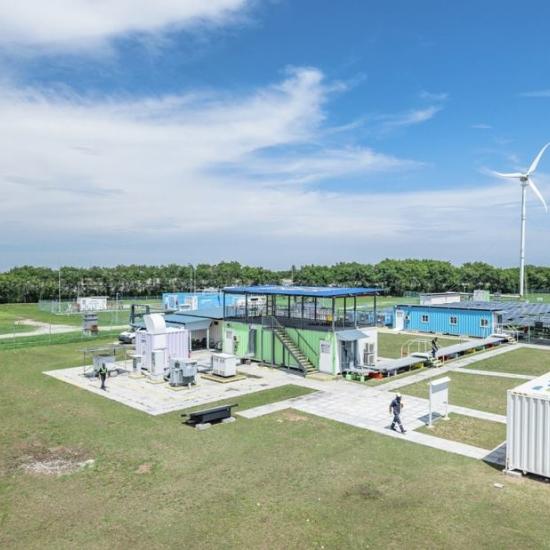Energy storage is important as we build more renewable energy into our systems. Using its own iron-air battery design, Form Energy aims to build large grid storage facilities to balance the multi-day variability of renewable wind, water and solar energy.
The active components of the iron-air battery system developed by US-based Form Energy are iron, water and air. The basic principle of operation is reversible rusting. During discharge, the battery breathes in oxygen from the air and converts iron metal into rust. While charging, the electric current converts the rust back to iron and the battery breathes out oxygen.
For the grid to operate reliably and affordably, cost-effective technologies are needed that can store electricity for several hours or days. With this technology, Form Energy aims to build battery farms capable of storing electricity for 100 hours at system costs that can compete with existing power plants.
Source: Form Energy
Modular and scalable energy storage system
Each individual battery module is about the size of a side-by-side washer/dryer set and contains a stack of approximately 50 one meter-tall cells. The cells include iron and air electrodes, the parts of the battery that enable the electrochemical reactions to store and discharge electricity. Each of these cells are filled with water-based, non-flammable electrolyte, like the electrolyte used in AA batteries. These battery modules are grouped together in environmentally protected enclosures.
Hundreds of these enclosures are grouped together in modular megawatt-scale power blocks. Depending on the system size, tens to hundreds of these power blocks will be connected to the electricity grid. The cost of energy storage would be less than 1/10 of lithium-ion battery technology.
Source: Form Energy
IP and status
US start-up Form Energy was founded in 2017 and recently raised another $450 million. However, several things still need to be done this vision becomes a reality. Form Energy is still commercialising its product, so the company needs to complete its internal quality validation and complete external certification for relevant safety standards. Form Energy has yet to build its first, large grid storage facility. So is the factory that will produce the iron-air batteries.
In Minnesota, the company has started preparing to build a battery farm as part of a 10 MW system from Xcel to store energy for 100 hours (with a storage capacity of 1,000 megawatt hours). That makes them small compared to other grid batteries in terms of the amount of energy they can deliver in a single moment, but they will be among the largest in the world in terms of the total amount of energy they can store.
Form Energy holds a patent portfolio of 69 patent families, some of which protect Form Energy's own inventions. However, the company also owns the patents initially filed by NantEnergy Inc. Nantenergy developed 'breathable' membranes for zinc-air batteries.
